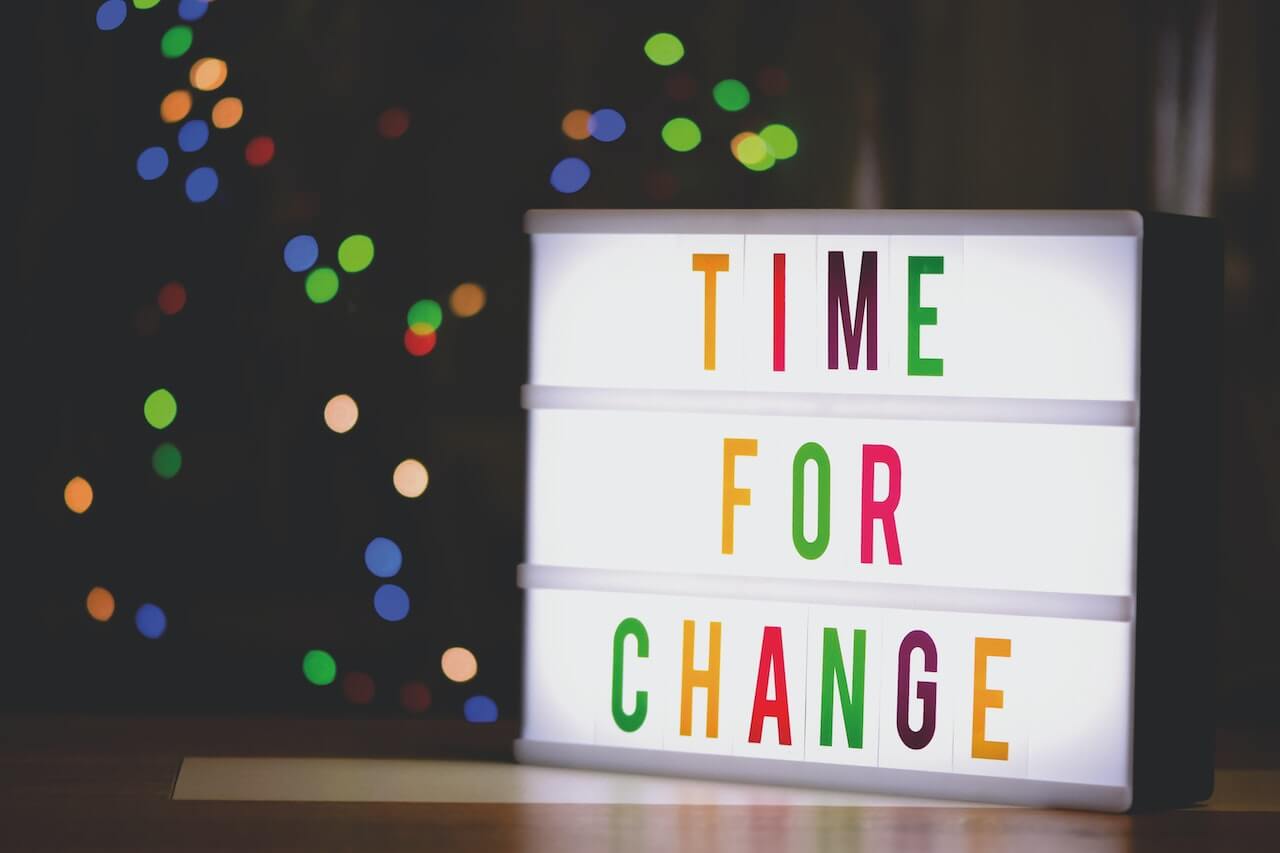The events of last week remind us that VUCA (volatility, uncertainty, complexity, ambiguity) lives just under our radar screen and can catapult us from the status quo into radical change instantly. Like the 2008 economic crisis, events of this magnitude create unavoidable systemic strain that threaten to tear organizations, even countries, apart. As leaders, we need to embrace a mechanism of change that is adaptive, able to respond to internal and external challenges as they emerge rather than as we predict they will happen. Furthermore, we need to embed this adaptive change process into our organizational culture and planning. In this way businesses can absorb changes in the external environment, resilience, and use their internal responses and actions to influence it, co-creation.
Three years ago Onyx Manufacturing1 was first to market with an innovative product and they quickly established themselves as the market leader. Now five new entrants are expected in the next few years and their budget is shrinking as money is shifted to new products in development. They are being squeezed externally by new competitors and internally by changing priorities. These create Adaptive Strain that pulls them away from their current situation (status quo) and into an unknown future. The game is not over for them, but it will be soon if they can’t adapt their thinking and business mindset to this new “reality”. And, while business literature talks about the benefits of operating “at the edge of chaos”, right now it is stability that feels good, not change. When I met with the team leader morale was low, key people were being transferred to the “exciting new products”, budgets were being cut, and the leadership team struggled to express their “reason for being”. Something had to change.
Creating Persistent Patterns
But, what is stability? How does the status quo arise within dynamic systems? In business we like to think of the status quo as a thermostat – a means of controlling a system to maintain its stability. Yet in the dynamic VUCA-web of business, control is a misnomer and even the status quo is unstable.
What we learn from the new sciences is that the status quo is actually the interplay of order and disorder. Our current situation is a snap shot of a dynamic pattern created by energy (resources, people, and ideas) flowing through a system (a set of functions that create products and services), influenced by the structure of the system (organizational design).Think of a stream, the water is the energy and the stream bed structure, its function is to allow movement or flow. The status quo is the whole dynamic system at any point in time. Imagine, for example, the water level (energy) exposes a large rock (structure) which creates a whirlpool, a “stable” pattern; which in this case we can call the Onyx brand team and its product. We mistakenly believe that this stable pattern exists outside of the system rather than being a product of the system. When we base our thinking and leadership actions on this belief we lose resilience and the ability to evolve and co-create our future.
What the Onyx team is experiencing now is a change in the dynamic system and the creation of a new status quo. Their resources are drying up causing the “stable” whirlpool pattern to become unstable with the real possibility that it could disappear. In addition, this exposes new rocks in the terrain, new competitors that threaten to create stable patterns of their own. The status quo of the system is changing and unless the brand team actively participates in this change (through resilience and co-creation) they run the risk of disappearing from the system altogether. To address the systemic transactional change, the brand team needs to create a Vision of a new status quo that is significantly different from the one they live in today. This Vision of the Future must address the Adaptive Strain within the system in order to adapt to aspects of it they can’t control. In this way they can evolve their distinctive, coherent pattern and conserve a place for themselves within the future status quo.
Leadership Inquiry for the Status Quo
- What dynamic patterns do you believe are permanent but in reality aren’t?
- What meaning do you derive from these patters?
- How does this limit your ability to adapt to both opportunities and threats?
- Considering your “whirlpool”: Is there too much stability (control) or instability (change) for long-term sustainability?
- Are your team’s Purpose and Vision able to maintain our pattern when VUCA enters the system?
1 – A fictitious company.



I found myself “captured” by your reference to the “new sciences.” We have been blogging about the “new sciences” as it relates to internal organizational culture (http://www.blog.metapower.com/2011/02/17/thoughts-on-culture-as-chaotic-behavior/). Your phrase, “the status quo is actually the interplay of order and disorder” is a very efficient summary of the interaction. I wish I had thought of it.
Having explored your website, Carl, I would say that you have thought of many other “new science” aspects of change. I recommend that other readers who are working with change in their organizations to take a look at the Metapower process and read about their approach to change, http://www.metapower.com/design-model.html it is very complementary to what I am describing here. Thanks, Carl for your comment.